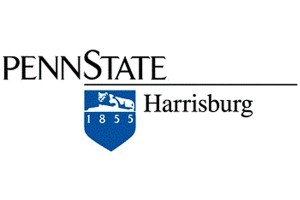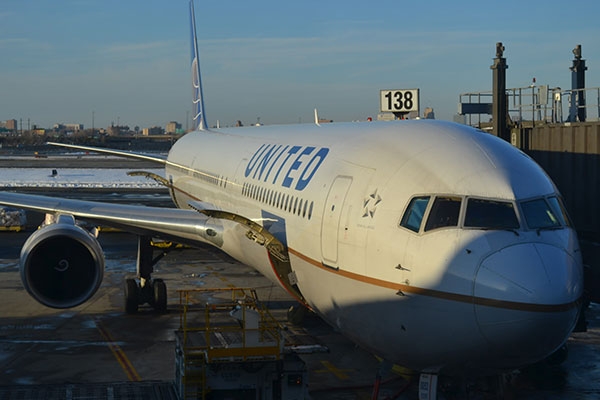Criminalization of global supply chains, by Mr. Hamon
Hi David, and thanks for joining a CBRA Interview – can you first tell a bit who are you and what you do?
I served in the US Army as a logistician, served with the United Nations Peacekeeping Department as well as work with the UN humanitarian organizations. I recently retired from a not-for-profit government contractor to pursue more creative work. Whilst at the latter position I was seconded to the US Defense Department, first in African Affairs, and then as Research and Studies Director for a strategic studies office within a US Defense Agency. I currently work, mostly independently, on a great many things related to future threats and re-defining of security/stability as it pertains and impacts diplomacy, development, defense, society, and economics/finance.
We met first time in Lausanne, Switzerland, around 2005 – what was that roundtable event again about?
Many years before cyber based terror threats were on the radar, we launched an inquiry into what we termed “Economic/Financial Terrorism” and whether security threats emanating from terrorism in the future would take the form of attacks on the Western system of finance and the economy. We brought in a host of experts from the US and Europe to debate the changing face of terrorism and likely goals of future terror groups. We examined everything from evolving ideology, motivation and intent, culture and identity to strategy, tactics, targets, weapons, and groups. It was an extremely interesting event with industry admitting – at the time – they were not prepared for this phenomenon and governments largely split on the issue. Additionally, experts and think tanks disagreed on whether economic terrorism was tangible. It was very forward-looking for its time. All participants came away with greater awareness on the subject as we went above and beyond what is currently called “financial crimes,” exploring potential kinetic based threats terror groups would use against the economic and financial machinery that included physical attacks on the supply chain, tourist industry, psychological undermining of the Western economic system to disrupt the normal provision of goods and services.
Can you tell more about your views on ´criminalization of global supply chains´?
I take similar views on the subject as Dr. Moisés Naim, in his 2005 book ‘Illicit: How smugglers, traffickers, and copycats are hijacking the global economy.’ He addresses several tenants that remain true today including the role of governments, technology, the Illicit traders mimicking licit trade and logistics actors – while simultaneously collaborating with many of them, and criminal groups seek high-profit opportunities as opposed to any other attribution (see CBRA Blog 21 October 2014). Terror groups care less about profit but when thinking about logistics networks, what if the two groups collaborated? Today logistics systems are more complex and move faster than ever in history, have less margin to fail, are far less ‘hands-on’ and offer many ways and places to hide illegal activity. Detection and interdiction of this activity isn’t exclusively in the realm of governments. Industry has a role to play if it wishes to minimize new regulations, taxes, deter corruption, and other drains on efficiency and profit. Experts, both public and private, rarely take a systems approach to detecting criminal activity with much throughput going undetected. Both parties want to specialize on one aspect and miss the big picture. A good example was the AQ Khan network. How long has it been since industry has undertaken an assessment of whether there is a new “Khan” network out there? Do trade organizations war-game with governments on criminality within supply chains?
Interesting! What are your views on ‘multi-commodity trafficking / crime portfolios’?
At the last corporate organization where I worked my team did some analysis on unregulated, illegal fishing as a security threat to Pacific Island nations. In the course of this analysis, we discovered it was the same actors doing the illegal fishing as doing illegal dumping, illegal smuggling, illegal trafficking, among other illicit activities. The criminality was only one aspect of the supply chain as the “demand” side as well as the delivery side was entirely legal and within businesses who conduct practically all business legally. The same boats as platforms – and their crews – were used to conduct all activity legal and illegal and to the local authorities – as well as donor nations attempting to help – it was impossible to project accurately when the activity would switch between licit and illicit. We couldn’t analyze if this was a regional or global phenomena but I guess it was a widely copied practice. As Anthony Barone has pointed out, border management and controls are not the panacea of containment but need to be part of a larger practice (see CBRA Interview 18 December 2015). Criminals use technology just as effectively! His idea of assembling a group of independent experts to rethink new approaches to border management – and I might add, redefining the meaning of borders and how thinking differently about borders per se – is a good start. Using strategic foresight come up with several alternative futures to present to a dedicated [supply chain] private-public partnership empowered to make changes would be my overarching recommendation
Sounds that the global supply chain community is facing increasingly more threats and risks! Any other suggestions on how to improve the situation, both short term and long term?
In the short term, as I mentioned, conduct a public-private-partnership exercise to rethink the concept supply chain surveillance for illicit activity and anticipating new and emerging illicit activity. In the long run, we don’t give enough thought to knowledge as a part of the supply chain. Using the supply chain for illicit activity begins with motivation and intent getting out in front of those who may do harm. To address alternative futures will take some innovation and creativity, but the stakes are high. The next AQ Khan Network may bring very bad things into Europe (and beyond!) compliments of ISIS. We don’t know what knowledge the current refugee population possesses that may be part of some future attack on the financial and economic system of the EU or if some refugees worked on chemical or biological programs in their countries of origin.
Thanks David for this interview – and let´s start working towards a joint project on these topics of common professional and research interest!
Web-links:
https://www.cross-border.org/2014/10/21/dr-naim-on-illicit-trade/
https://www.cross-border.org/interviews/new-approaches-to-border-management/







